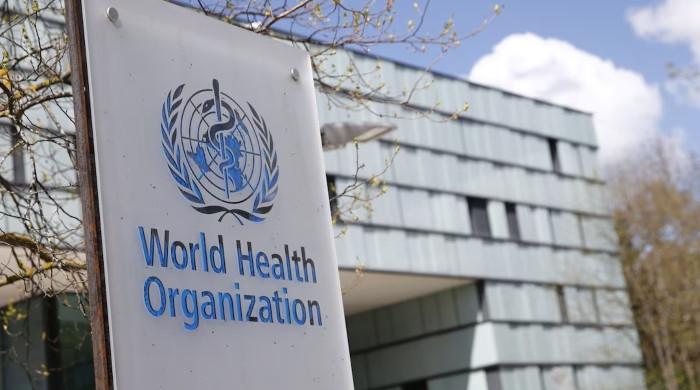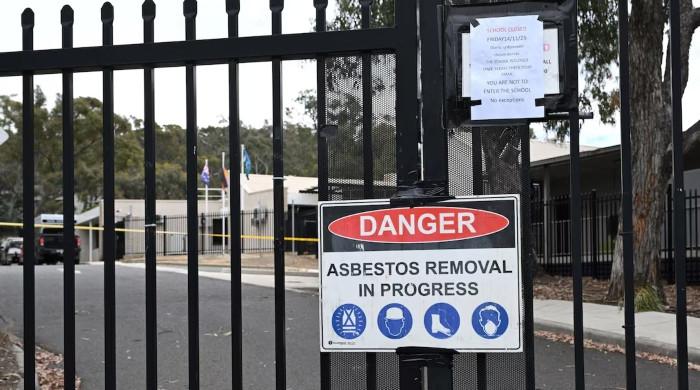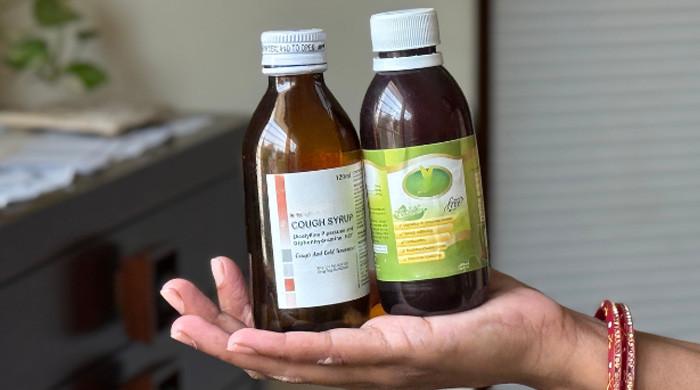Nearly half of US tap water contaminated with forever chemicals: USGS
Substances are called forever chemicals because they are resistant to water, can last in human bloodstream for years
July 07, 2023

US Geological Survey (USGS) suggested in their new study that nearly half of the tap water in the US is contaminated with the toxic "forever chemicals," substances which are used in a number of households including cleaning as their exposure can be adverse for human health, reported Reuters.
The USGS tested tap water samples from more than 700 residences, businesses and drinking-water treatment plants across the country for the presence of perfluoroalkyl or polyfluoroalkyl chemicals known as PFAS.
The researchers said that at least one such synthetic chemical was detected in 45% of the samples at levels exceeding benchmarks and US-proposed regulations.
These substances are called forever chemicals because they are resistant to water and can last in the human bloodstream for years.
Developed in the 1940s with the creation of Teflon, a non-stick cookware coating, today they are used in everything from clothing to plastic products.
Kelly Smalling, a USGS hydrologist who led the research, said: “Previous studies have measured PFAS in groundwater, reservoirs and water treatment plants. But analysing tap water allows for a more accurate assessment of what people are drinking.”
According to the US Centers for Disease Control and Prevention: “Exposure to high levels of PFAS can disrupt hormones, disturb liver function, increase the risk of kidney or testicular cancer, reduce birth weight in infants and compromise the health of pregnant women.”
Tests exist for a fraction of the 12,000 known types of PFAS. The study samples, which came from public supplies and private wells between 2016 and 2021, were tested for 32 types.
“There was no difference in PFAS exposure between samples from private wells and the public supply, which was very surprising,” Smalling said.
Public water supplies are regulated by the Environmental Protection Agency while private wells are not.
Compared with people in rural areas, those in urban areas are at higher risk of exposure to PFAS in drinking water, found the study.
In March, the EPA proposed the first-ever national drinking water standard for six PFAS. It would require monitoring of public water systems and disclosure when PFAS levels exceed limits.
Almost $10 billion was directed to help communities reduce PFAS and other chemical contaminants as part of the Biden administration’s Bipartisan Infrastructure Law.












